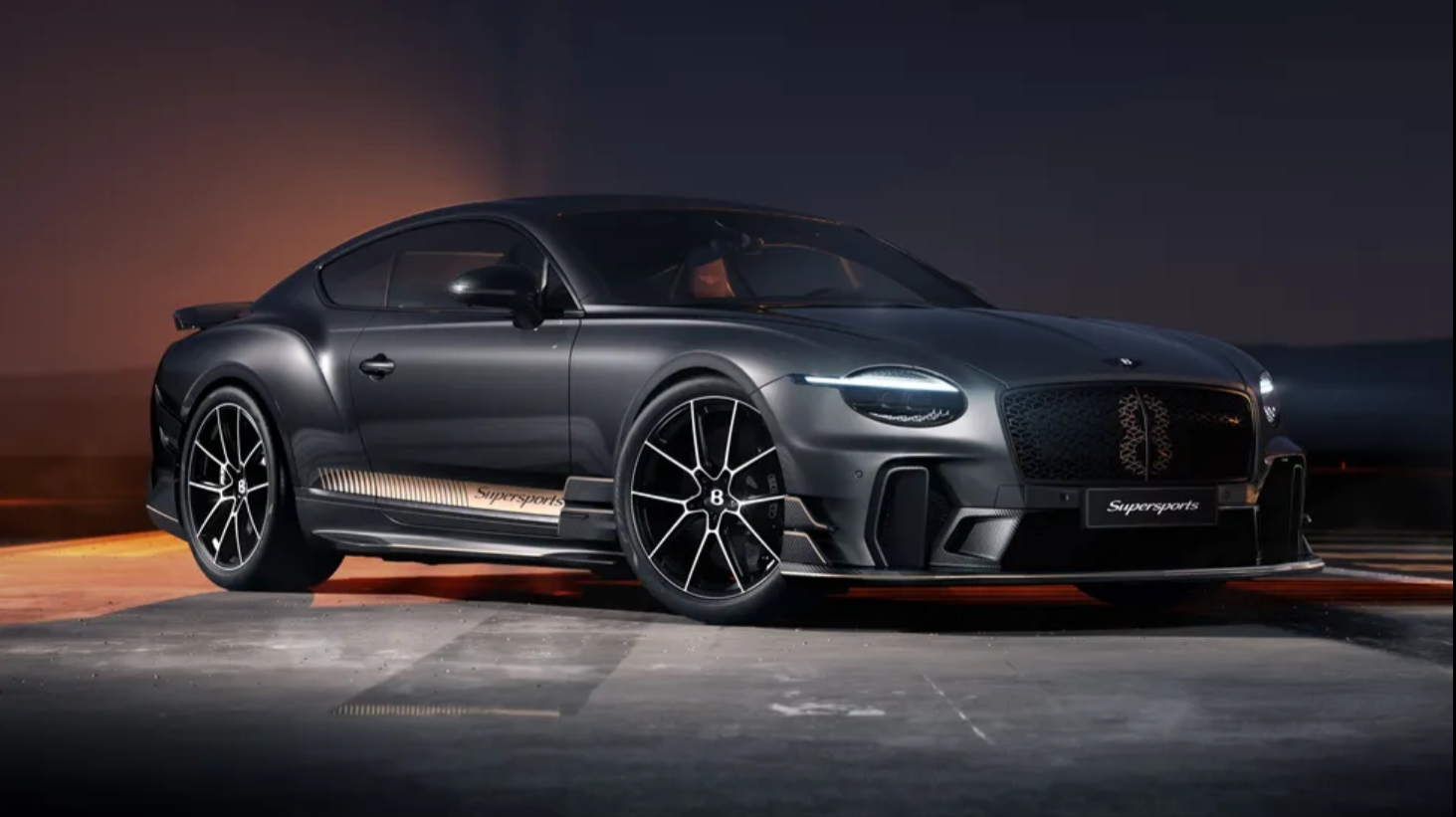The third-generation BMW X1 comes to the United States only in xDrive28i guise but the European customers are also offered an all-electric version. The first-ever iX1 debuts as the brand’s first all-wheel-drive electric vehicle in the compact segment, which goes on sale on the Old continent from October this year.
Available only in iX1 xDrive30 trim, for now, the zero-emissions X1 can be differentiated from the combustion-powered variants by its slightly modified front fascia. It features blue accents around the kidney grilles and a modified lower section of the bumper. The same blue accents can be seen on the side below the doors, as well as at the back on the rear bumper. All in all, the iX1 looks almost exactly like the regular X1.
What hides under the skin is completely different, though. The iX1 ditches the combustion engines for a purely electric powertrain with two electric motors, one for each axle. The combined output of the system is 313 horsepower (230 kilowatts) and 364 pound-feet (494 Newton-meters), making the iX1 one of the most powerful members of the third-generation X1 family. BMW promises “supreme traction and directional stability” thanks to the AWD capability and a 0 to 62 miles per hour (0-100 kilometers per hour) acceleration in just 5.7 seconds.
A 64.7 kWh battery mounted flat within the floor stores the electric energy, which should be enough for a range between 256 miles (413 km) and 272 miles (438 km) on a single charge. The battery pack supports BMW’s latest highly efficient charging technology with a new software also found in the BMW i7, which means DC charging with up to 130 kW is possible. This means 70 percent of the battery can be recharged in 29 minutes.
Alternatively, AC charging is possible with single- and three-phase electricity at a rate of up to 22 kW. However, it’s important to note that all output, performance, range, and charging figures are predicted values provided by BMW based on the iX1’s current stage of development. A free 12-month subscription for Europe’s IONITY charging network is confirmed, though.
Source

.jpg)
.jpg)
.jpg)
.jpg)
.jpg)
.jpg)
.jpg)
.jpg)
.jpg)
.jpg)
.jpg)
.jpg)




.jpg)


.jpeg)

.jpeg)
.jpeg)

